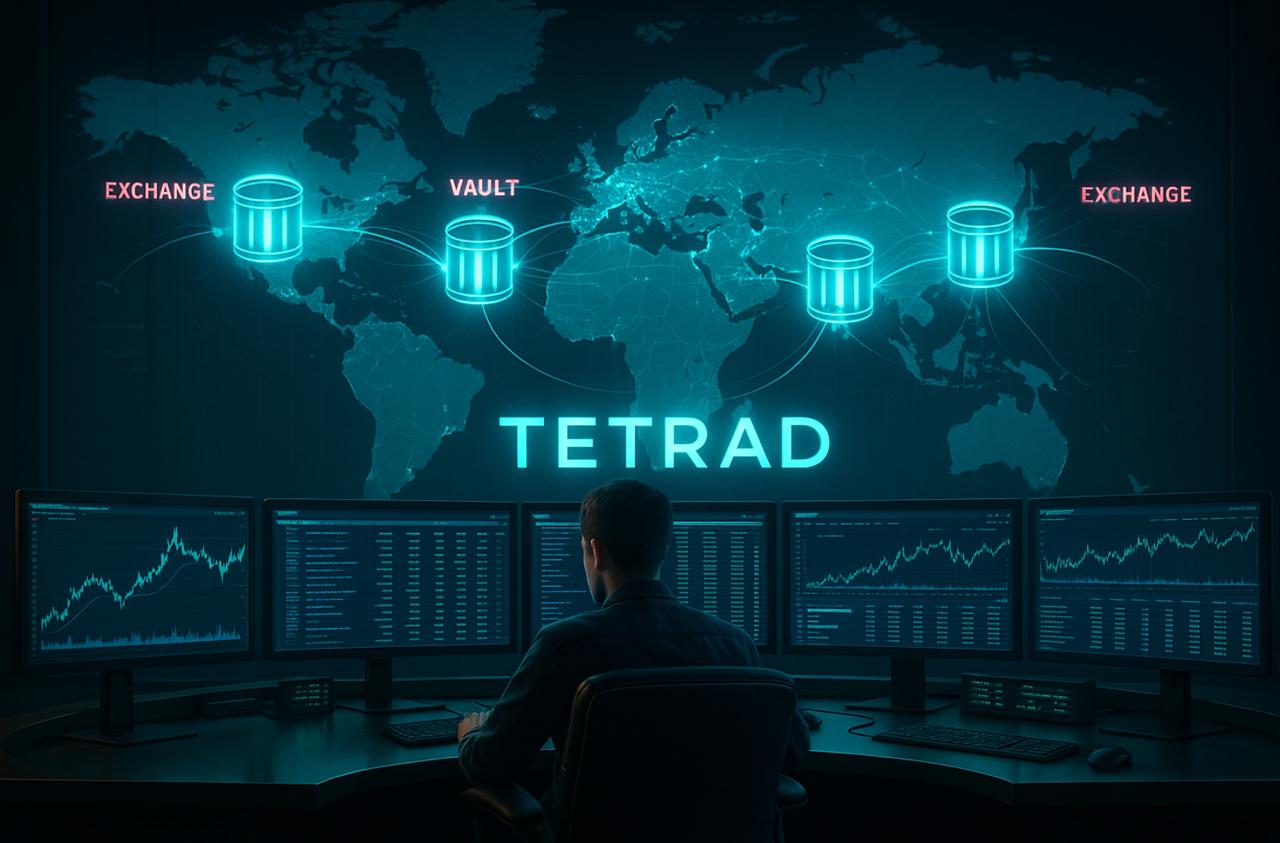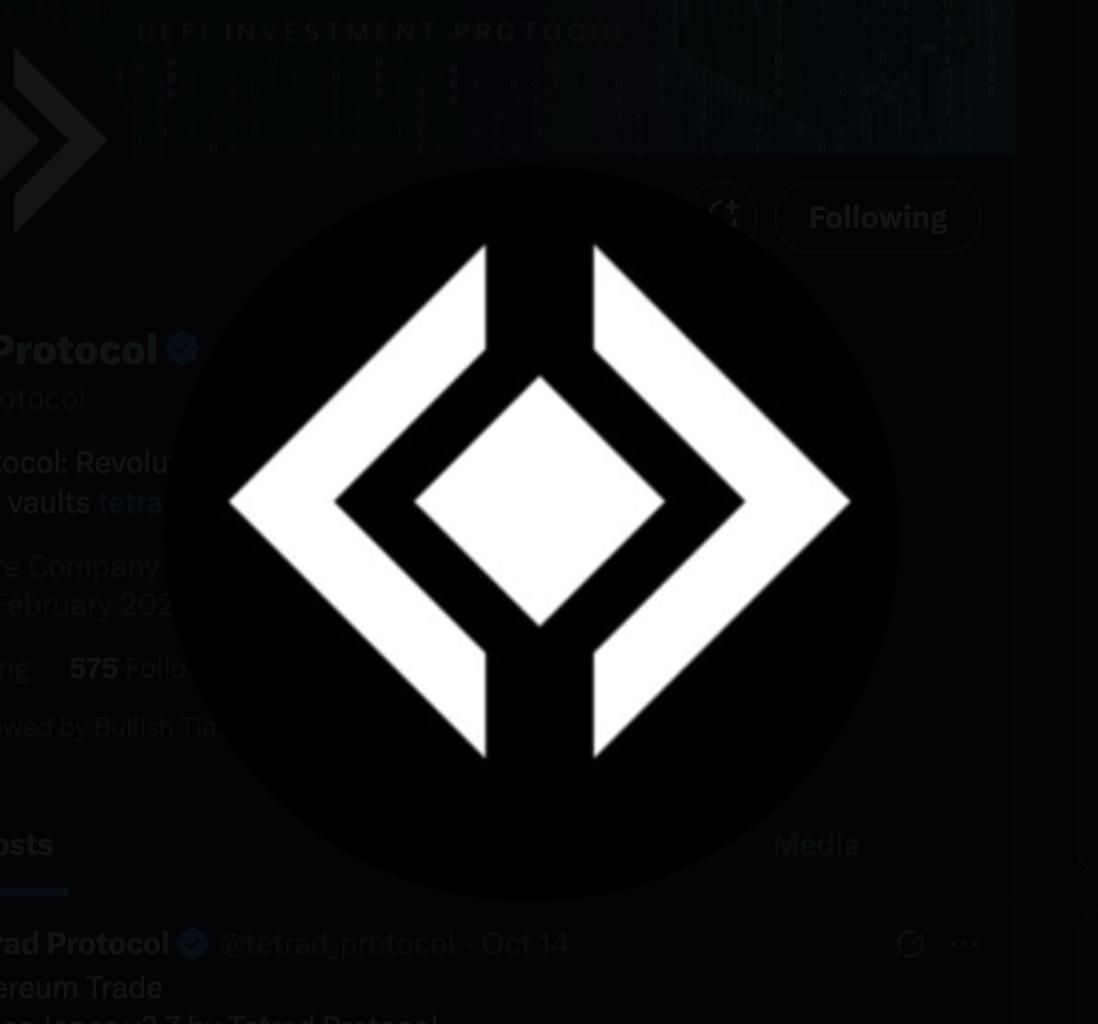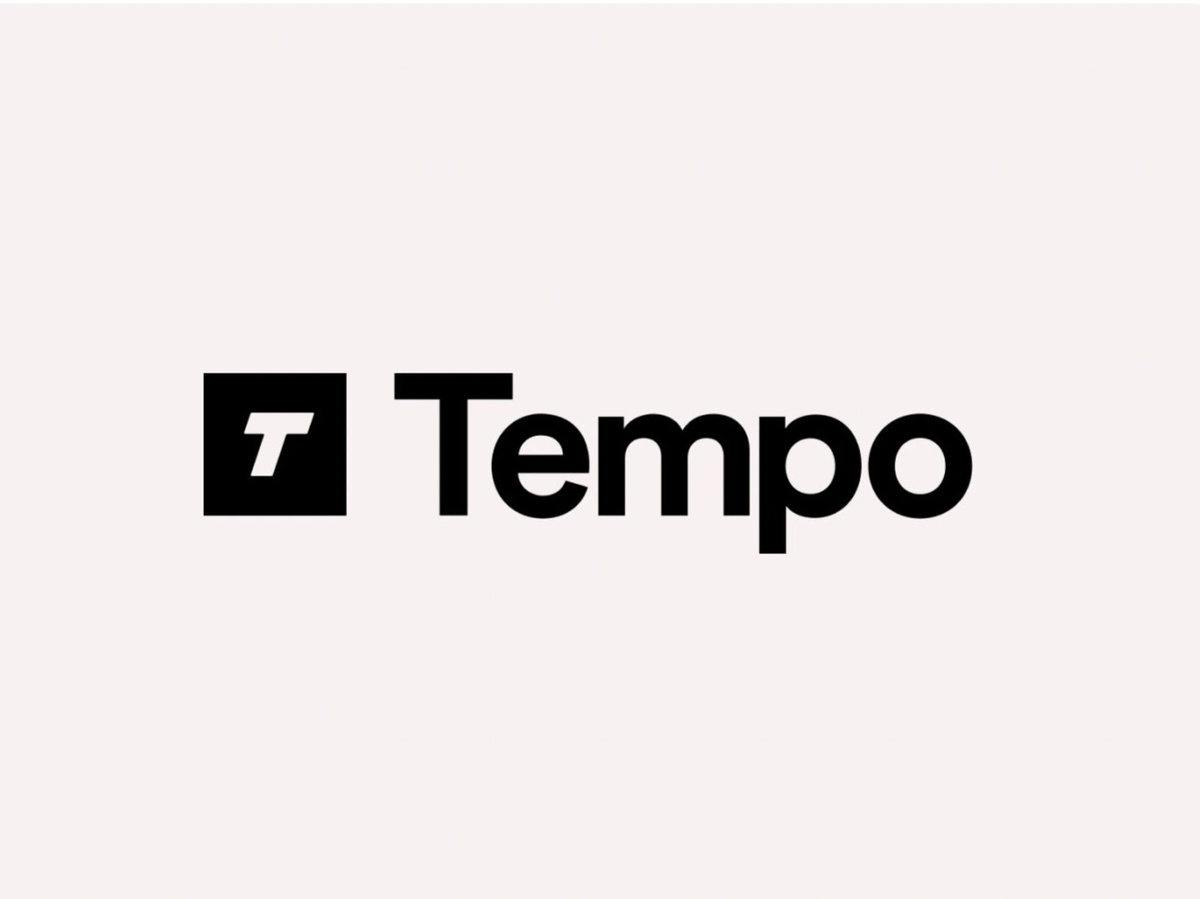2023 was a pivotal year for decentralized finance (defi), showcasing significant strides and challenges. This year witnessed an impressive evolution in defi, from the rise of layer-2 solutions to the integration of traditional finance and innovations in web3 gaming. Let’s delve into the key trends that shaped defi in 2023 and their implications for the future.
The Rise of Layer-2 Solutions
Layer-2 (L2) sidechains and rollups emerged as game-changers in 2023, addressing Ethereum’s high transaction fees and slow processing times. With a total value locked (TVL) exceeding $15 billion, networks like Arbitrum One, Optimism, Base, and Polygon zkEVM gained popularity. Despite their success, concerns about centralization and potential censorship risks were raised, highlighting the need for a balanced approach in the defi space.
Integration of Traditional Finance with Defi
2023 also saw efforts to merge traditional finance (tradfi) with defi, transforming tangible assets like corporate credit or mortgages into crypto tokens. While tokenizing physical assets faced challenges due to established legacy markets, innovations like carbon offsets and collaborations with traditional financial institutions indicated a promising direction for defi.
Regulatory Developments and Impact
Regulatory frameworks for defi began taking shape in 2023, with significant movements like the European Union’s MiCA regulations. The importance of balancing consumer protection with innovation became evident, as regulatory bodies worldwide worked towards defining clear guidelines for the defi sector.
Monetizing Web3 Gaming
NFTs in web3 gaming revolutionized in-game purchases, paving the way for transferable digital assets across games. The potential for player-owned in-game assets and decentralized governance through DAOs signaled a shift towards a more balanced ecosystem between developers and gamers.
Decentralized Exchanges (DEXs) Make a Comeback
DEXs witnessed a resurgence in popularity as trust issues with centralized exchanges (CEXs) grew. Innovations like automated market makers and liquidity mechanisms contributed to their comeback, offering users alternatives to CEXs.
Despite progress, defi faced significant security challenges, with notable hacks like Euler Finance’s $197 million flash loan attack. These incidents highlighted the urgent need for enhanced security measures in the defi ecosystem.
Defi and the Broader Crypto Market
The defi market cap saw substantial growth, fueled by the resurgence in ETH prices and investor interest. The advent of L2 solutions mitigated the risks of high fees and network congestion, encouraging transactions with ETH-based defi tokens.
As defi continues to evolve, the trends of 2023 are expected to shape its trajectory in 2024 and beyond. The sector’s growth and maturity will likely continue, though challenges in security and regulatory clarity remain key areas for improvement.
2023 marked a transformative year for defi, characterized by technological advancements, regulatory progress, and a growing intersection with traditional finance. The lessons learned and achievements made will undoubtedly influence defi’s path in the coming years, fostering a more robust, secure, and integrated financial ecosystem.











